Thingiverse

Ender 3 all in one rear electronics case with 2 40mm fans in the back
by Thingiverse
Last crawled date: 4 years, 2 months ago
Edit: Added electrical schematics
This is a remix of original TeachingTech's All-in-one rear case and surenz'esOrangePI box.
I liked how surenz placed the two 40mm fans in the back. This way the airflow is really good and the fans are not facing upwards so no problem with falling something into it.
Also, the extra 10mm height of the box adds more room for cables inside and better airflow. As in surenzes case, that extra box height requires some stand-offs under the machine. I use a piece of vibration isolation foam.
I modified his design to fit regular Ender 3 (Pro) electronics (in my case BTT SKR mini E3) and regular RasberryPI (in my case 3B+).
As an addition, there are 2 mounting places for LM2596 DC/DC converters and 1 mounting place for proper 30A relay YYG-2.
I redrew the whole design in OpenSCAD because I had problems with converting surenzes STEP files. If you are comfortable with SCAD, feel free to modify the design to your needs.
You can find here 2 versions of the left box. I use the one with extra cutout above RPi for a cable bundle going to my DDE.
Also the right lid has smaller cutout because I did not need bigger. You can also use the original one from TeachingTech.
You can use two 40x40x10 fans at 12V or 24V. 12V version you can just wire in series. For now I use original Ender's 3 24V fans with extra resistors to reduce the speed and noise. Most likely will replace them with Noctua or something similar in the future.
The right fan is blowing in, the left one out. The airflow is just great. The motor drivers are not heating much and RPi is 40degC under load (with no cooling it went up to 60degC).
Regarding wiring, as I already mentioned, I use 30A relay to switch the controller board, because the current during heatup goes easily beyond 15A.
To improve safety, I also have an in-line fuse (1A) at the input of the DC/DC converters, because that cabling and electronics could easily burn with 300W power supply if a short would happened.
This is a remix of original TeachingTech's All-in-one rear case and surenz'esOrangePI box.
I liked how surenz placed the two 40mm fans in the back. This way the airflow is really good and the fans are not facing upwards so no problem with falling something into it.
Also, the extra 10mm height of the box adds more room for cables inside and better airflow. As in surenzes case, that extra box height requires some stand-offs under the machine. I use a piece of vibration isolation foam.
I modified his design to fit regular Ender 3 (Pro) electronics (in my case BTT SKR mini E3) and regular RasberryPI (in my case 3B+).
As an addition, there are 2 mounting places for LM2596 DC/DC converters and 1 mounting place for proper 30A relay YYG-2.
I redrew the whole design in OpenSCAD because I had problems with converting surenzes STEP files. If you are comfortable with SCAD, feel free to modify the design to your needs.
You can find here 2 versions of the left box. I use the one with extra cutout above RPi for a cable bundle going to my DDE.
Also the right lid has smaller cutout because I did not need bigger. You can also use the original one from TeachingTech.
You can use two 40x40x10 fans at 12V or 24V. 12V version you can just wire in series. For now I use original Ender's 3 24V fans with extra resistors to reduce the speed and noise. Most likely will replace them with Noctua or something similar in the future.
The right fan is blowing in, the left one out. The airflow is just great. The motor drivers are not heating much and RPi is 40degC under load (with no cooling it went up to 60degC).
Regarding wiring, as I already mentioned, I use 30A relay to switch the controller board, because the current during heatup goes easily beyond 15A.
To improve safety, I also have an in-line fuse (1A) at the input of the DC/DC converters, because that cabling and electronics could easily burn with 300W power supply if a short would happened.
Similar models
grabcad
free

12v-24v DC RELAY
...12v-24v dc relay
grabcad
12 v - 24 v dc 30a relay
thingiverse
free

Ender 3 Pro Electronics Case
... 60mm fan, and the improvement is wonderful. stock screws used.
i leave all files attached so you can modify them to your liking.
thingiverse
free

External mainboard case for Ender3 by Vonderwald
...a buck converter 24v to 12v and plugged the cable directly on the psu.
results are great : better airflow and a lot more quieter.
thingiverse
free

OctoPi Case for Creality Ender 3 (Pro) by Floo33R
...s much better.
top version 3.0
added a fan cover, so the parts get cool air for cooling instead of the hot air under the heatbet.
thingiverse
free

Ender 3 all in one, universal rear electronics case with 30amp relay by dlford
...hing:3688967, just use the file all_in_one_ender_3_case_-_left_case_-_raspberry_pi_buck_and_30a_relay.stl for the left side case.
thingiverse
free

Ender 3 electrical box. Mks gen l, 3x buck converters and a relay by AndriM
...ng this guys method doing so:https://www.tardigradeoutdoors.com/blog/how-to-print-without-a-usb-cable-on-an-ender-3-and-octoprint
thingiverse
free
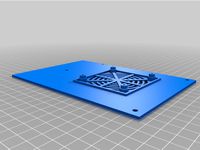
Ender 3 - board cover for (60x10 fan) by BabuTcha
...l cause the plastic to rupture! or carefully predrill a hole for a wider hole. dc-dc step-down convertoer must isolate with tape.
thingiverse
free
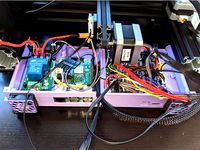
Raspberry Pi & SKR E3 Turbo back case for Ender 3 by JakeTri
...one for 5v (from powering 30mm fans from fan2 board connector)
two 30mm fans
customizable fan grill cover used for the 30mm fans
thingiverse
free

Ender 3 v2 electronics box by some-dude
...ry, a relay and two stepdown-modules.
a mounting-place for a 40mm fan is available too.
it will replace the ender-3-v2 tool-tray.
thingiverse
free

Ender 3 Pro Raspberry Pi case incl. stepdown and relais
...4v->5v for pi
1 stepdown 24v->12v for leds
1 relais to switch on printer + led stepdown
more text coming if i see any need.
40Mm
turbosquid
$10

40MM Bullet
... available on turbo squid, the world's leading provider of digital 3d models for visualization, films, television, and games.
turbosquid
$49
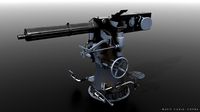
40mm Vickers-Terni
... free 3d model 40mm vickers-terni for download as lwo and obj on turbosquid: 3d models for games, architecture, videos. (1260063)
turbosquid
$3
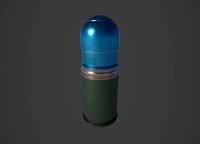
40mm grenade M9XX
...y free 3d model 40mm grenade m9xx for download as obj and fbx on turbosquid: 3d models for games, architecture, videos. (1408150)
turbosquid
$3

40mm grenade M3XX
...y free 3d model 40mm grenade m3xx for download as obj and fbx on turbosquid: 3d models for games, architecture, videos. (1408145)
turbosquid
$3

40mm grenade M1XX
...y free 3d model 40mm grenade m1xx for download as obj and fbx on turbosquid: 3d models for games, architecture, videos. (1408144)
turbosquid
$8

40mm Smith & Wesson
... available on turbo squid, the world's leading provider of digital 3d models for visualization, films, television, and games.
turbosquid
free
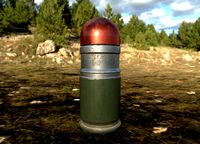
Free 40mm grenade M433
...e 3d model free 40mm grenade m433 for download as obj and fbx on turbosquid: 3d models for games, architecture, videos. (1404768)
turbosquid
$98

40mm 6G30 grenade launcher
... available on turbo squid, the world's leading provider of digital 3d models for visualization, films, television, and games.
turbosquid
$10

Famas G2 M203 40mm.
... available on turbo squid, the world's leading provider of digital 3d models for visualization, films, television, and games.
turbosquid
free

40mm Bofors TNT-11606
... available on turbo squid, the world's leading provider of digital 3d models for visualization, films, television, and games.
Ender
3ddd
$1
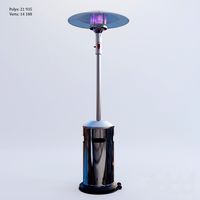
Enders / Elegance
...enders / elegance
3ddd
обогреватель
уличный газовый обогреватель enders elegance
высота: 2200 мм
3d_export
free
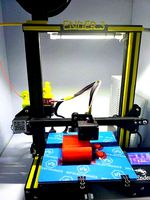
ender 3 frame cavity covers
... of the creality ender 3 - makes it look a bit more attractive it just slides into the open channels of the aluminium framework
turbosquid
$1

pen support for ender 3
...y free 3d model pen support for ender 3 for download as blend on turbosquid: 3d models for games, architecture, videos. (1611282)
3d_ocean
$9
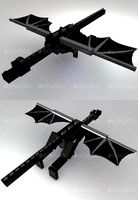
Ender Dragon Minecraft
...ojang obj poly videogames
ender dragon minecraft created with cinema 4d r15 formats included: max 2013 – fbx 2012 – c4d r15 – obj
3d_export
free

Creality ender enclosure webcam mount
...e creality enclosure. sure is better than a tripod. change it up if it helps. i printed pla with 50% infill on my dd ender 3 pro.
3d_export
free

ender 3 enclosure corners
...er corners and 4 upper corners, using 25mmx25mm angled aluminium pieces that gets covered on inside of the frame with plexiglass
3d_export
free
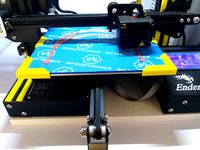
ender 3 3d print bed clips
...ed + normal aluminium bed frame of the creality ender 3 = 6mm (b) these clips are designed for glass plate + aluminium bed = 4mm
3d_export
$5
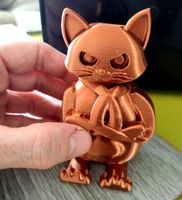
GRUMPY CAT
...grumpy cat 3dexport grumpy cat to print in ender ...
3d_export
$5

Logs fire
...with one multi material for corona and vray r ender. albedo, normal, uvmap, roughness format jpg 4096x4096 models:...
3d_export
$42
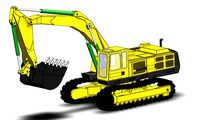
excavator
...is the original size. 0.12 mm printing surface creality ender5 ...
Rear
3d_export
$48

engine case rear
...re efficient as it eliminates the need for the propeller shaft while the differential merges with the transmission to save space.
turbosquid
$39
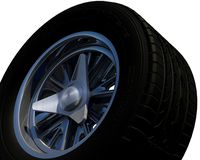
rear rim
... available on turbo squid, the world's leading provider of digital 3d models for visualization, films, television, and games.
3d_export
$5
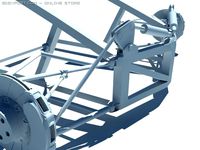
Rear Suspension 3D Model
... suspension 3d model
3dexport
rear suspension spring sport car disc brake chasis
rear suspension 3d model bayazoff 30675 3dexport
turbosquid
$20

Rear sport wheel
...del rear sport wheel for download as ige, obj, stl, and sldas on turbosquid: 3d models for games, architecture, videos. (1227527)
turbosquid
$99
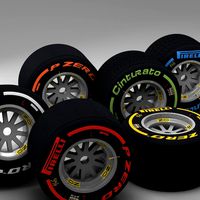
Rear tyre set
... available on turbo squid, the world's leading provider of digital 3d models for visualization, films, television, and games.
turbosquid
$49
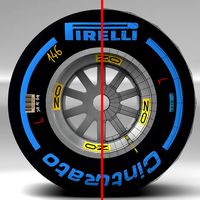
Wet Rear tyre
... available on turbo squid, the world's leading provider of digital 3d models for visualization, films, television, and games.
turbosquid
$49
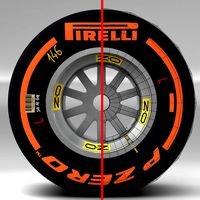
Hard rear tyre
... available on turbo squid, the world's leading provider of digital 3d models for visualization, films, television, and games.
turbosquid
$49
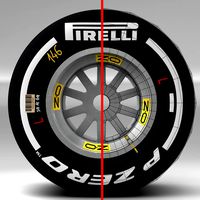
Medium Rear tyre
... available on turbo squid, the world's leading provider of digital 3d models for visualization, films, television, and games.
turbosquid
$49

Supersoft Rear tyre
... available on turbo squid, the world's leading provider of digital 3d models for visualization, films, television, and games.
turbosquid
$39
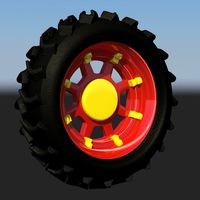
tractor rim rear
... available on turbo squid, the world's leading provider of digital 3d models for visualization, films, television, and games.
Electronics
turbosquid
$1

electron
...urbosquid
royalty free 3d model electron for download as max on turbosquid: 3d models for games, architecture, videos. (1157488)
turbosquid
$50

electronic
...
royalty free 3d model electronic for download as max and obj on turbosquid: 3d models for games, architecture, videos. (1289427)
turbosquid
$40

Electron
... available on turbo squid, the world's leading provider of digital 3d models for visualization, films, television, and games.
3d_ocean
$8

Electronic game
...electronic game
3docean
electronic games nu pogody wait a minute well
electronic game “well, wait a minute”, “nu pogody”
3ddd
$1

Brilux Electronic
...brilux electronic
3ddd
подвес. brilux electronic. польша. материалы настроены.
3d_export
free

electronic shop
...lectronic shop with high quality interior and exterior. it has tvs smartphone play station printer and many more electronic item.
3ddd
$1

Термостаты OJ Electronics
...ермостаты oj electronics
3ddd
oj electronics , термостат
термостаты фирмы oj electronics
3d_export
$8

electron 714
...electron 714
3dexport
game ready model for export to unreal engine soviet tv electron 714 pbr 4k
3ddd
$1
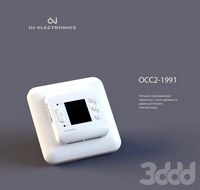
Термостат OJ Electronics
... oj electronics
3ddd
oj electronics , термостат
термостат occ2-1991 фирмы oj electronics
turbosquid
$60

Electronics Stuff
...
royalty free 3d model electronics stuff for download as max on turbosquid: 3d models for games, architecture, videos. (1624680)
Fans
3d_export
$5
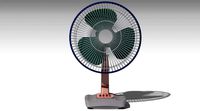
fan
...fan
3dexport
fan 3d model, table fan, fan, electric fan, ventilator
archibase_planet
free

Fan
...fan
archibase planet
fan large fan
fan out n260707 - 3d model for interior 3d visualization.
archibase_planet
free
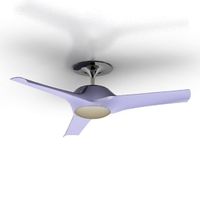
Fan
...fan
archibase planet
fan ceiling fan ventilator
fan stealth n300615 - 3d model (*.gsm+*.3ds) for interior 3d visualization.
3d_export
$15

fan
...fan
3dexport
is an ancient fan
3ddd
$1

Fan-C-Fan by marco gallegos
...n-c-fan by marco gallegos
3ddd
вентилятор , marco gallegos
fan-c-fan by marco gallegos
3d_export
$10

fan
...fan
3dexport
a detailed fan designed for home or space blowing is now available for only 19.99!
turbosquid
$1

Fan
...fan
turbosquid
free 3d model fan for download as on turbosquid: 3d models for games, architecture, videos. (1427865)
turbosquid
$14
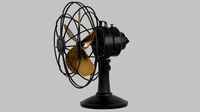
Fan
...fan
turbosquid
royalty free 3d model fan for download as on turbosquid: 3d models for games, architecture, videos. (1415642)
3ddd
$1
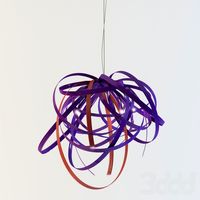
Светильник Fan
...светильник fan
3ddd
fan , italamp
светильник fan, производитель italamp
turbosquid
$25
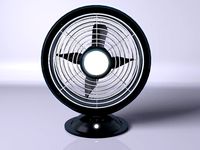
Fan
...fan
turbosquid
royalty free 3d model fan for download as c4d on turbosquid: 3d models for games, architecture, videos. (1483246)
Case
3d_export
$1
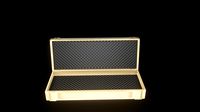
case
...case
3dexport
case
archibase_planet
free
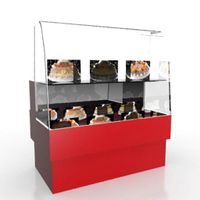
Case
...case
archibase planet
showcase show-case glass case
glass-case + cakes - 3d model for interior 3d visualization.
archibase_planet
free

Case
...case
archibase planet
showcase show-case glass case
glass-case for chips - 3d model for interior 3d visualization.
archibase_planet
free

Case
...case
archibase planet
case shelving drawer
case - 3d model for interior 3d visualization.
archibase_planet
free
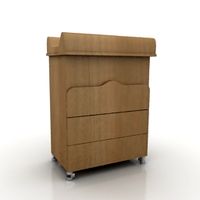
Case
...case
archibase planet
case rack locker
case - 3d model for interior 3d visualization.
archibase_planet
free
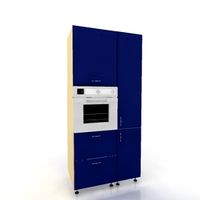
Case
...case
archibase planet
case drawer kitchen furniture
case - 3d model for interior 3d visualization.
archibase_planet
free
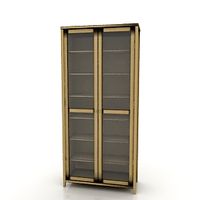
Case
...case
archibase planet
case cupboard shelving
glass case - 3d model for interior 3d visualization.
archibase_planet
free
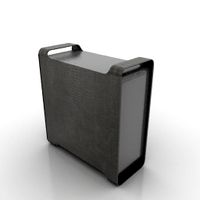
Case
...case
archibase planet
case handbag suitcase
case - 3d model (*.gsm+*.3ds) for interior 3d visualization.
archibase_planet
free

Case
...case
archibase planet
case suitcase
case 5 - 3d model (*.gsm+*.3ds) for interior 3d visualization.
archibase_planet
free
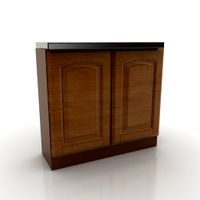
Case
...case
archibase planet
locker case dresser
case - 3d model (*.gsm+*.3ds) for interior 3d visualization.
Back
turbosquid
$20

Man and woman back to back 0688
...back to back 0688 for download as max, obj, fbx, wrl, and stl on turbosquid: 3d models for games, architecture, videos. (1706347)
3d_export
free
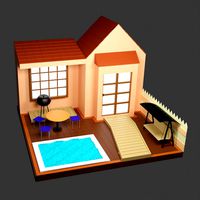
Back yard
...back yard
3dexport
back yard 3d model in isometric art style
design_connected
$27
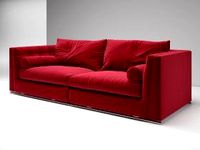
Get Back
...get back
designconnected
erba italia get back computer generated 3d model. designed by soressi, giorgio.
turbosquid
$1

Back Pack
...osquid
royalty free 3d model back pack for download as blend on turbosquid: 3d models for games, architecture, videos. (1463340)
3d_export
$40

delorean back to the future
...delorean back to the future
3dexport
delorean back to the future
3ddd
$1

Chair High back
... офисный стул , cosmo
офисный стул high back от cosmo
3d_export
$10

Back Stage
...back stage
3dexport
3d_export
$5
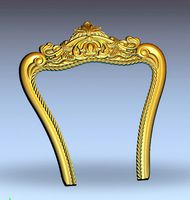
back of the chair
...back of the chair
3dexport
3ddd
$1

cross back chairs
...cross back chairs
3ddd
flexform
cross back chairs
turbosquid
$5

BACK CARRIAGE
...3d model back carriage for download as c4d, 3ds, fbx, and obj on turbosquid: 3d models for games, architecture, videos. (1560468)
3
turbosquid
$10
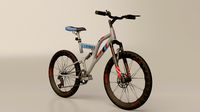
Mountain Bike 3 -3 of 3
...model mountain bike 3 (#3 of 3) for download as fbx and blend on turbosquid: 3d models for games, architecture, videos. (1438752)
turbosquid
$6

Rock 3-3
...urbosquid
royalty free 3d model rock 3-3 for download as obj on turbosquid: 3d models for games, architecture, videos. (1628065)
turbosquid
$29
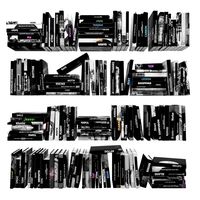
Books 150 pieces 3-3-3
...books 150 pieces 3-3-3 for download as max, obj, fbx, and stl on turbosquid: 3d models for games, architecture, videos. (1384033)
turbosquid
$3

Genesis 3 Clothing 3
... available on turbo squid, the world's leading provider of digital 3d models for visualization, films, television, and games.
3d_export
$5
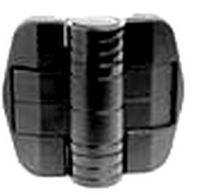
hinge 3
...hinge 3
3dexport
hinge 3
3ddd
$1
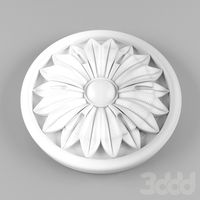
Розетка 3
...розетка 3
3ddd
розетка
розетка 3
turbosquid
$50
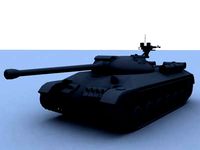
is-3
... available on turbo squid, the world's leading provider of digital 3d models for visualization, films, television, and games.
turbosquid
$10
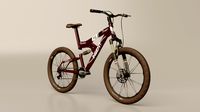
Mountain Bike 3 -2 of 3
...model mountain bike 3 (#2 of 3) for download as fbx and blend on turbosquid: 3d models for games, architecture, videos. (1438750)
turbosquid
$10

Mountain Bike 1 -3 of 3
...model mountain bike 1 (#3 of 3) for download as fbx and blend on turbosquid: 3d models for games, architecture, videos. (1438743)
3d_export
$5
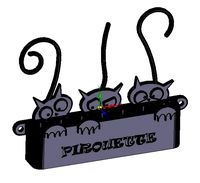
3 CATS
...3 cats
3dexport
3 cats pen holder
One
turbosquid
$2
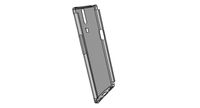
one plus one
... available on turbo squid, the world's leading provider of digital 3d models for visualization, films, television, and games.
3ddd
$1
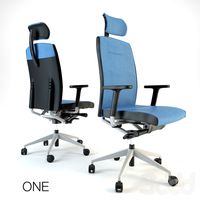
One
...one
3ddd
стул
офисный стул one
3ddd
free

one
...
palazetti one ,http://palazzetti.ca/index.php/component/virtuemart/seating/armchairs-lounges/one-chair-detail?itemid=0
turbosquid
$35

One A
... available on turbo squid, the world's leading provider of digital 3d models for visualization, films, television, and games.
turbosquid
free
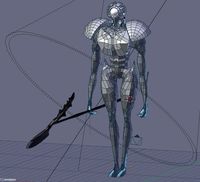
One
... available on turbo squid, the world's leading provider of digital 3d models for visualization, films, television, and games.
3ddd
$1

Стул One
...стул one
3ddd
one , magis
кресло magis s.p.a , one
3ddd
$1
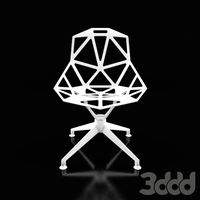
Стул One
...стул one
3ddd
one , magis
кресло one chair (4star), magis s.p.a.
3d_export
$20

xbox one
...xbox one
3dexport
xbox one
3ddd
$1
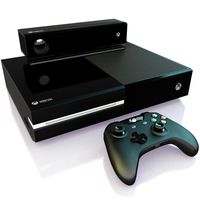
xbox one
... консоль , джойстик
xbox one + kinect + gamepad
3ddd
free
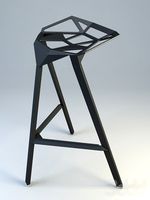
One
...nstantin grcic
артикул ct-284 (cosmorelax.ru)
размер l36xw41xh82.5, sh 77cm
цвет черный, красный
материал алюминий
вес 2,5 кг
2
design_connected
$11
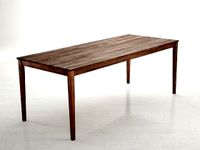
No 2
...no 2
designconnected
sibast no 2 computer generated 3d model. designed by sibast, helge.
turbosquid
$6
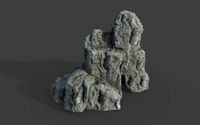
Cliff Rock 2-2
...uid
royalty free 3d model cliff rock 2-2 for download as obj on turbosquid: 3d models for games, architecture, videos. (1619161)
turbosquid
$29

Book variation 2 2
...3d model book variation 2 2 for download as max, obj, and fbx on turbosquid: 3d models for games, architecture, videos. (1366868)
turbosquid
$22

Classic baluster (2) (2)
...assic baluster (2) (2) for download as max, obj, fbx, and stl on turbosquid: 3d models for games, architecture, videos. (1483789)
turbosquid
$99

Smilodon 2 Pose 2
... available on turbo squid, the world's leading provider of digital 3d models for visualization, films, television, and games.
turbosquid
$20
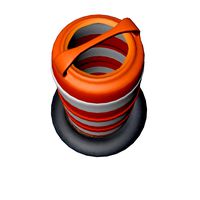
Barrel Barricade 2-2
... available on turbo squid, the world's leading provider of digital 3d models for visualization, films, television, and games.
turbosquid
$6

Wall Trophy (2) (2)
... available on turbo squid, the world's leading provider of digital 3d models for visualization, films, television, and games.
turbosquid
free
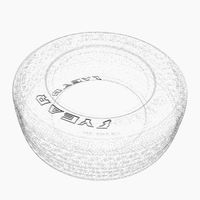
Tire label 2 of 2
... available on turbo squid, the world's leading provider of digital 3d models for visualization, films, television, and games.
3ddd
$1
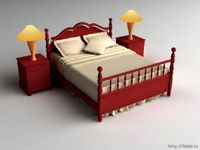
Кровать, 2 тумбочки, 2 светильника
...кровать, 2 тумбочки, 2 светильника
3ddd
кровать, 2 тумбочки, 2 светильника
нормальное качество
формат 3ds max
без текстур
3ddd
free
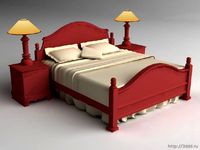
Кровать, 2 тумбочки, 2 светильника
...кровать, 2 тумбочки, 2 светильника
3ddd
кровать, 2 тумбочки, 2 светильника
нормальное качество
формат 3ds max
без текстур
All
turbosquid
$20

all
... available on turbo squid, the world's leading provider of digital 3d models for visualization, films, television, and games.
turbosquid
$5

all
... available on turbo squid, the world's leading provider of digital 3d models for visualization, films, television, and games.
design_connected
$29

All-Two
...all-two
designconnected
bonaldo all-two computer generated 3d model. designed by bicego, sergio.
design_connected
$29

All-One
...all-one
designconnected
bonaldo all-one computer generated 3d model. designed by bicego, sergio.
design_connected
$16
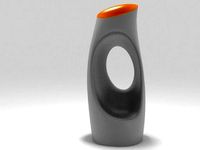
Holly All
...holly all
designconnected
serralunga holly all computer generated 3d model. designed by starck, philippe.
3d_export
$15

all terrain
...all terrain
3dexport
turbosquid
$29

Holly All
... available on turbo squid, the world's leading provider of digital 3d models for visualization, films, television, and games.
turbosquid
$19
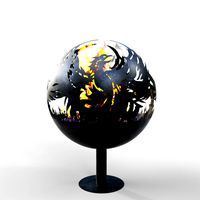
Fireplace (All)
... available on turbo squid, the world's leading provider of digital 3d models for visualization, films, television, and games.
turbosquid
$19

Fireplace (All)
... available on turbo squid, the world's leading provider of digital 3d models for visualization, films, television, and games.
turbosquid
$19

Fireplace (All)
... available on turbo squid, the world's leading provider of digital 3d models for visualization, films, television, and games.
